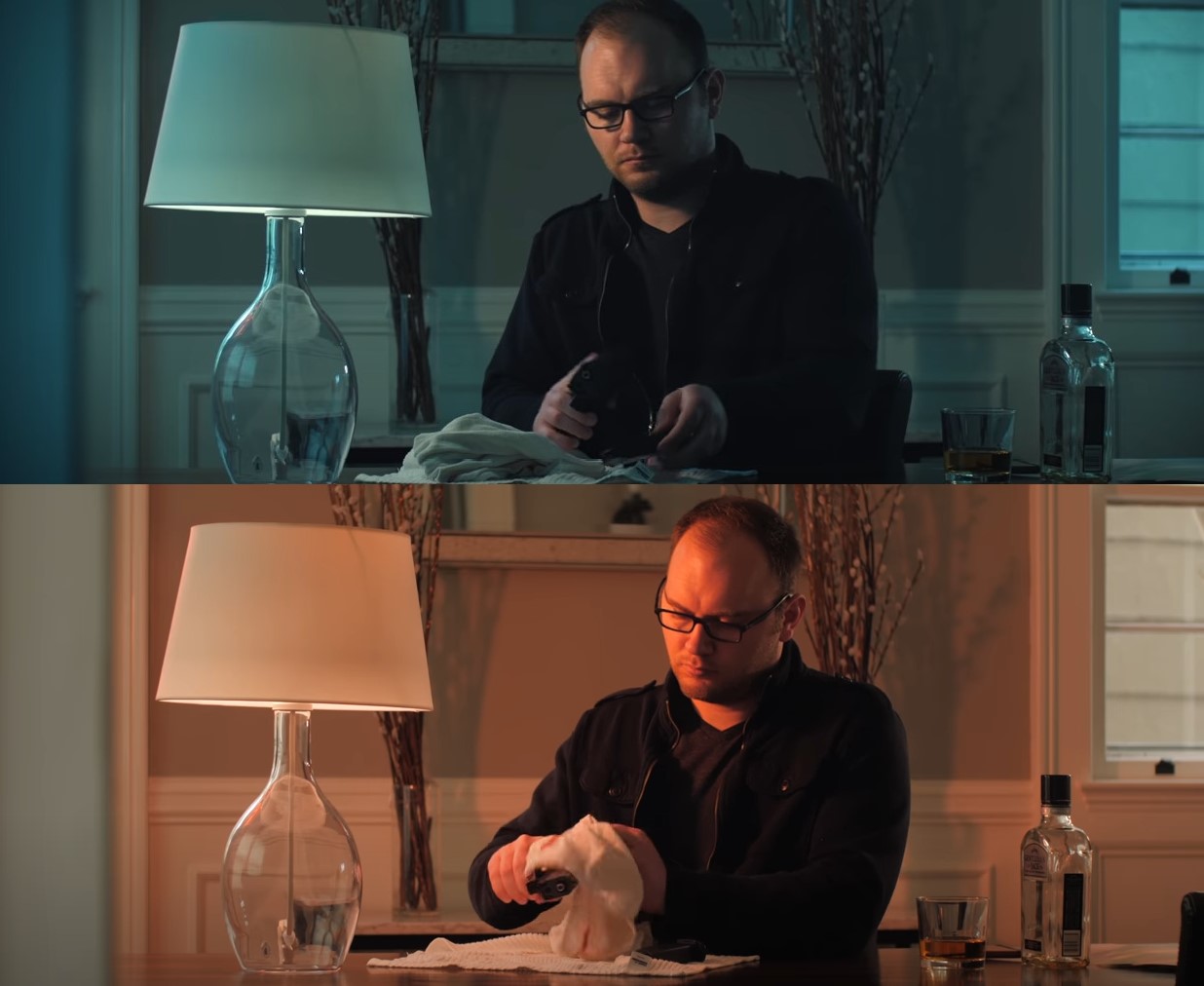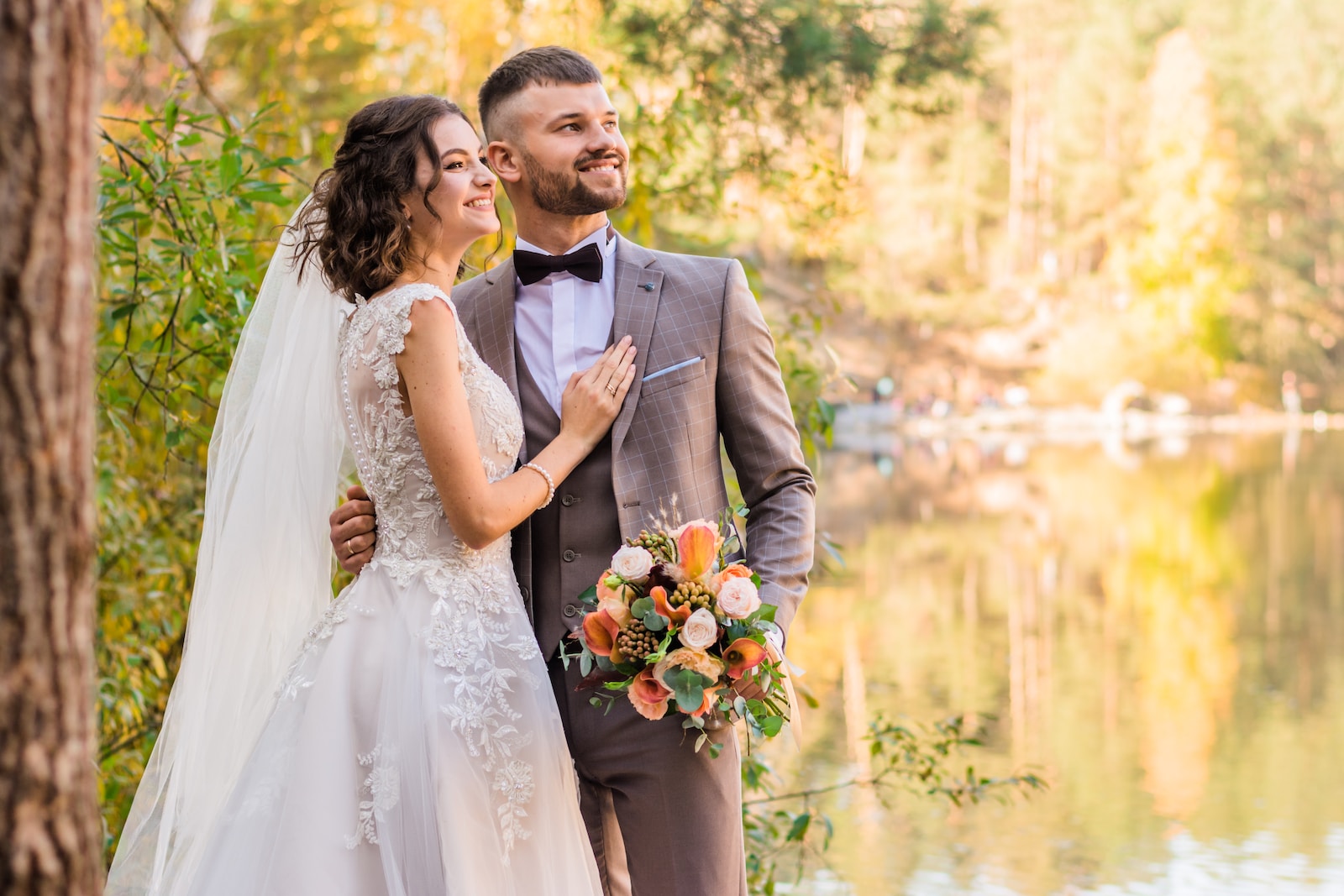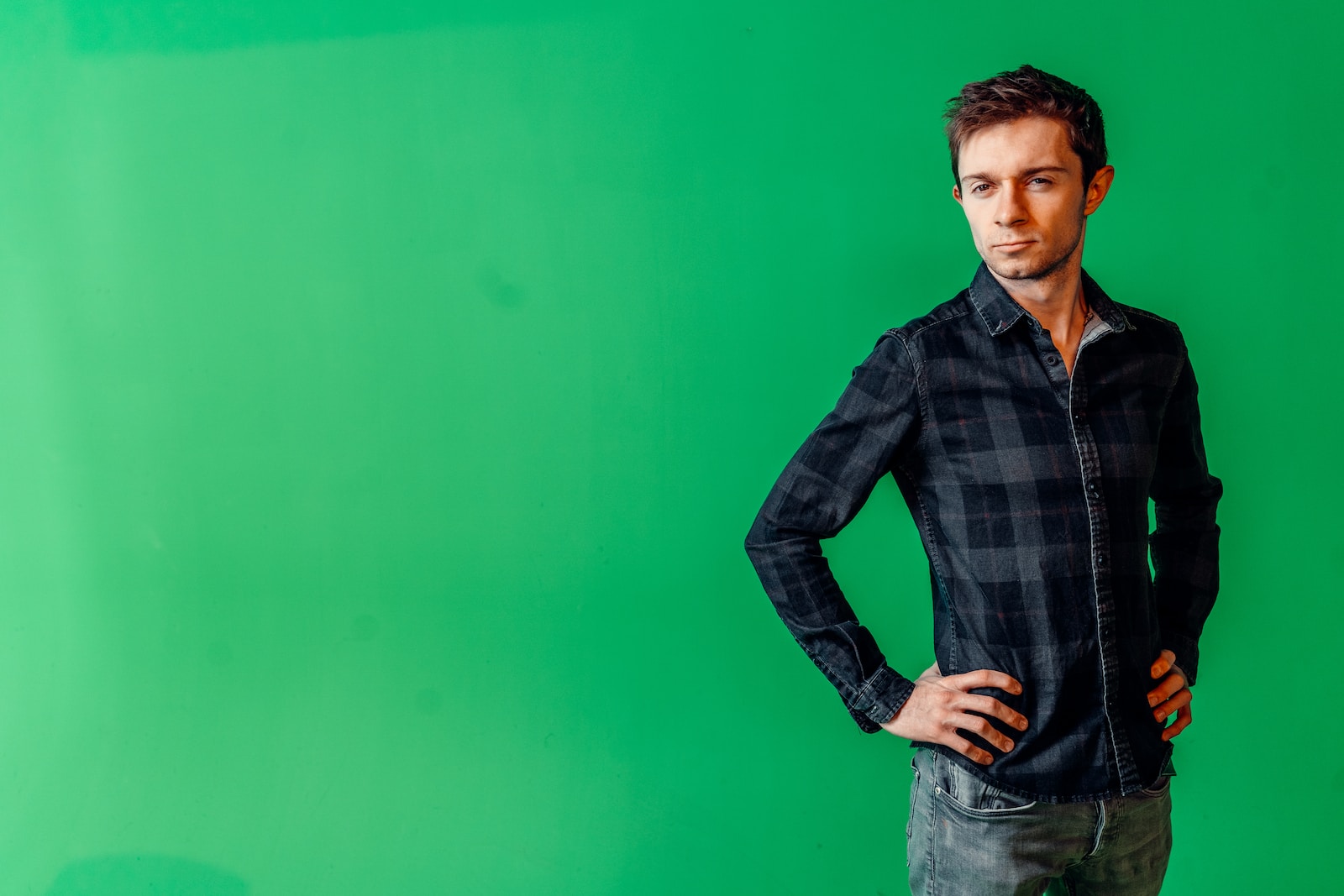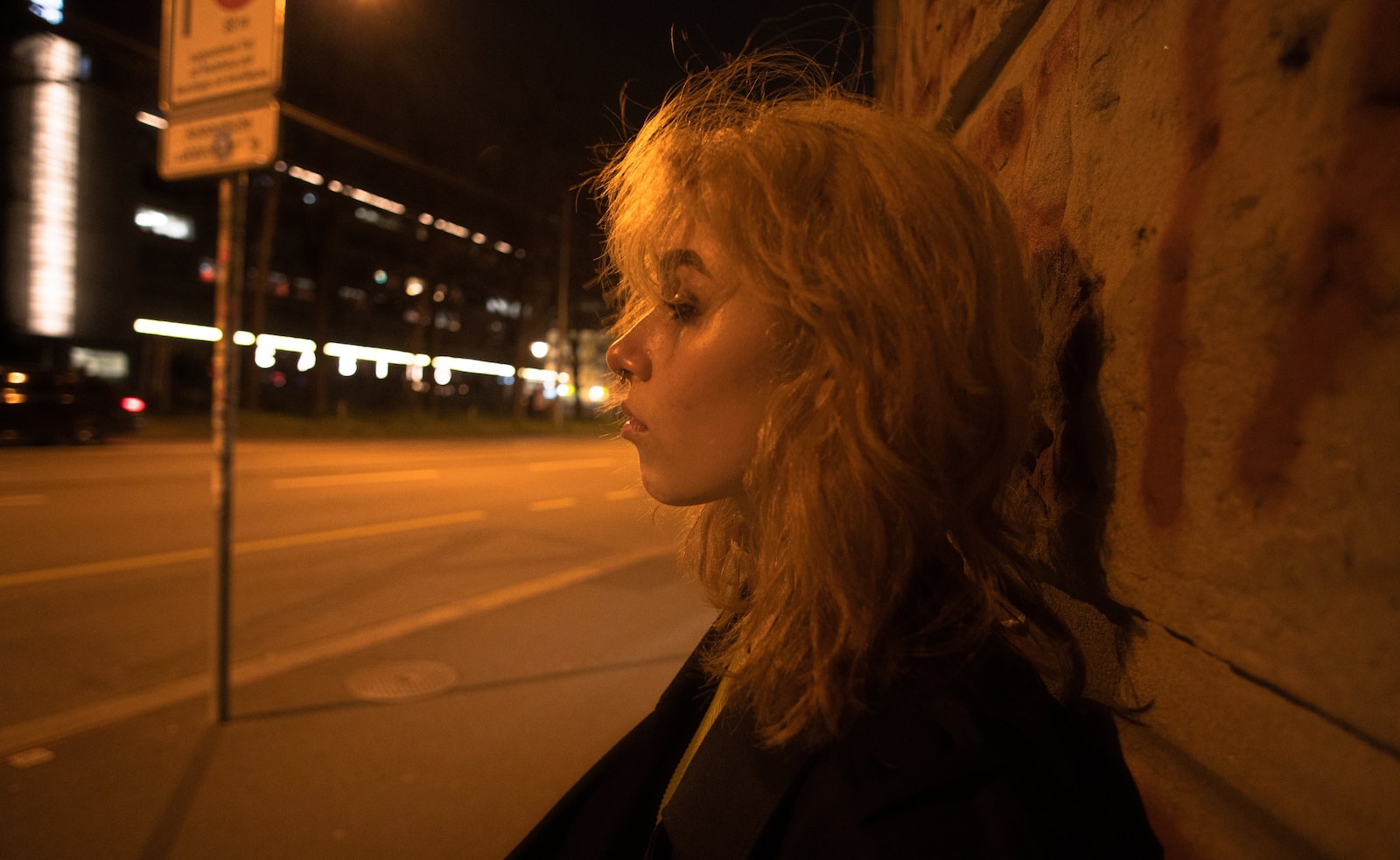Are you looking to take your video and film lighting to the next level? Then you’re in the right place! In this blog, we’ll explore the fascinating world of colour gels and their impact on creative lighting effects in video and film production. Whether you’re a seasoned filmmaker or just starting out, understanding how to use colour gels can make a world of difference in your visual storytelling. So, let’s dive in and discover the world of colour gels!
Table of Contents
- The Importance of Lighting in Video and Film Production
- How to Create Stunning Lighting Effects with Colour Gels in Video and Film Production
- Frequently Asked Questions
- What are colour gels and how are they used in video and film lighting?
- What are some common lighting effects achieved using colour gels?
- How do colour gels impact the visual appeal of a video or film?
- Can colour gels be used in both indoor and outdoor settings?
- Are there any color combinations that work best with colour gels?
- Is it necessary to use professional lighting equipment to use colour gels?
- Wrap Up:
The Importance of Lighting in Video and Film Production
Before we delve into the realm of colour gels, let’s first understand the crucial role that lighting plays in video and film production. Lighting is not merely about illuminating the scene; it is a powerful tool that sets the tone, enhances emotions, and guides the viewer’s attention. Through the skilful manipulation of light, filmmakers can create a captivating visual experience that leaves a lasting impact on the audience.
What Are Colour Gels and How Do They Work?
Colour gels, also known as lighting gels or simply gels, are thin, translucent sheets made of colored material that can be placed in front of light sources to alter their color temperature or add a specific tint to the light. These gels are usually made from polyester or polycarbonate and come in a wide range of colors, allowing filmmakers to achieve various lighting effects and moods in their scenes.
Enhancing Mood and Atmosphere with Colour Gels
Colour gels offer filmmakers an array of options to enhance the mood and atmosphere of their scenes. By choosing the right color gel, you can effortlessly transform a mundane setting into a visually stunning and emotionally compelling environment. For example, by using warm-toned gels like red or orange, you can create a cozy and intimate ambience, while cool-toned gels like blue or green can evoke a sense of mystery or otherworldliness.
Using Colour Gels for Visual Storytelling
Colour gels can be a powerful storytelling tool, allowing filmmakers to communicate emotions and convey information visually. By strategically incorporating color gels into your lighting setup, you can subtly influence the viewer’s perception and guide their attention towards key narrative elements. For instance, using a contrasting color gel on a specific character or object can make them stand out and draw the audience’s focus, while a consistent color scheme throughout a scene can establish a visual motif or symbolize a theme.
Practical Tips for Working with Colour Gels
Now that you understand the creative potential of colour gels, let’s explore some practical tips for incorporating them seamlessly into your video and film lighting setup. Firstly, it’s essential to choose gels that are of high quality and specifically designed for lighting purposes to ensure optimal performance and durability. Additionally, experimenting with different color combinations and intensities can yield unique and unexpected results. Don’t be afraid to take risks and think outside the box when it comes to using colour gels in your projects.
Did you know that colour gels were first introduced in the early days of the film industry as a way to correct the color temperature of incandescent lights?
The Versatility of Colour Gels in Video Production
Colour gels have extensive applications in the world of video production, apart from their use in creating captivating lighting effects. They can be employed to differentiate between different locations or time periods, simulate natural lighting conditions indoors, or even transform a simple set into a visually striking backdrop. Through the artful combination of lighting techniques and colour gels, filmmakers can elevate their video projects to new heights and leave a lasting impression on their viewers.
Exploring the Possibilities in Film Lighting
In the realm of film lighting, colour gels offer endless creative possibilities. From creating dramatic cinematic effects to capturing the essence of a particular era or evoking specific emotions, filmmakers can use colour gels to shape the visual aesthetic of their films. Whether you’re aiming for a vintage look, a futuristic ambience, or anything in between, the strategic use of colour gels can be the key to achieving your desired cinematic vision.
Colour gels are an invaluable tool in the arsenal of filmmakers and videographers who seek to elevate their visual storytelling. By understanding the impact and potential of colour gels in video and film lighting, you can unlock a world of creative opportunities. So, don’t hesitate to experiment, rely on your artistic instincts, and harness the power of colour gels to captivate and inspire your audience.
How to Create Stunning Lighting Effects with Colour Gels in Video and Film Production
When it comes to video and film production, lighting plays a crucial role in setting the mood and capturing the desired emotions. One tool that can elevate your lighting game to the next level is the use of colour gels. Colour gels, also known as lighting gels or simply gels, are transparent sheets of colored material that are placed in front of a light source to add a specific hue or tone to the scene. In this guide, we’ll explore the tips and techniques for using colour gels effectively to create stunning lighting effects.
1. Understanding the Basics of Colour Gels
Before diving into the world of colour gels, it’s important to understand how they work. Colour gels are made from a variety of materials, including polyester, acetate, or polycarbonate. They are available in a wide range of colors and densities, allowing you to create different effects depending on your creative vision. By placing colour gels in front of your lights, you can transform the atmosphere and enhance the visual impact of your shots.
2. Choosing the Right Gel Colors
When selecting colour gels, it’s essential to consider the mood and tone you want to convey in your video or film. Each color has a specific psychological and emotional impact on the audience. For example:
- Red: Creates a sense of passion, danger, and intensity.
- Blue: Evokes a feeling of calmness, tranquility, or coldness.
- Green: Represents nature, growth, and harmony.
- Yellow: Conveys warmth, happiness, and optimism.
Experimenting with different gel colors can help you communicate your story more effectively and engage your audience on a deeper emotional level.
3. Positioning and Layering the Colour Gels
Once you’ve chosen your gel colors, it’s time to think about their placement. Consider using multiple lights with different colour gels to create dimension and depth in your scene. For instance, you can use a warm gel as your key light to illuminate the main subject, while adding a contrasting cool gel as a backlight to create separation and visual interest.
Don’t be afraid to experiment with layering gels to achieve more complex lighting effects. By combining different colors and intensities, you can create unique and captivating visuals that complement the overall mood of your video or film.
4. Overcoming Challenges and Potential Solutions
While working with colour gels, you may encounter a few challenges along the way. One common issue is the loss of light intensity due to the gel’s density. To mitigate this, consider using stronger light sources or adjusting the distance between the light and the subject. Additionally, ensure that your camera’s white balance is properly calibrated to capture accurate colors.
Another challenge is the limited lifespan of colour gels. They can fade or burn out over time, especially if exposed to high temperatures. To prolong their lifespan, handle them with care, avoid exposing them to excessive heat, and consider investing in high-quality gels from reputable manufacturers.
5. Enhancing Your Storytelling with Colour Gels
Colour gels can be a game-changer in video and film production, allowing you to enhance the visual narrative and evoke specific emotions in your audience. By understanding the basics of colour gels, choosing the right colors, and implementing effective positioning and layering techniques, you can elevate your lighting to create compelling and memorable scenes that leave a lasting impact.
So why not experiment with colour gels in your next video or film project? Unlock the power of creative lighting effects and take your storytelling to new heights!
Frequently Asked Questions
What are colour gels and how are they used in video and film lighting?
Colour gels are transparent sheets of colored material that are placed in front of lights to create different lighting effects. In video and film lighting, they are used to add atmosphere, create mood, and enhance storytelling.
What are some common lighting effects achieved using colour gels?
Some common lighting effects achieved using colour gels include color correction, color grading, color contrast, and color blending. They can also be used to simulate natural lighting conditions or create dramatic and artistic effects.
How do colour gels impact the visual appeal of a video or film?
Colour gels have a significant impact on the visual appeal of a video or film. They can completely transform the mood and tone of a scene, making it more visually engaging and memorable. They allow filmmakers to create a unique and distinctive visual style.
Can colour gels be used in both indoor and outdoor settings?
Yes, colour gels can be used in both indoor and outdoor settings. However, their effectiveness may vary depending on the ambient light conditions. It’s important to consider the overall lighting setup and make adjustments accordingly.
Are there any color combinations that work best with colour gels?
There is no one-size-fits-all answer to this question as the choice of color combinations depends on various factors such as the desired mood, storytelling, and personal preference. Experimenting with different color combinations is key in finding what works best for your specific project.
Is it necessary to use professional lighting equipment to use colour gels?
No, it is not necessary to use professional lighting equipment to use colour gels. They can be used with a wide range of lighting setups, including basic studio lights or even household lamps. The key is to understand how to position and control the light for the desired effect.
Wrap Up:
In conclusion, understanding the impact of colour gels in video and film lighting is crucial for achieving creative and visually stunning results. By using colour gels, you can instantly transform the mood, atmosphere, and narrative of a scene, elevating the overall production value. Experiment with different gel colours and lighting techniques to unlock limitless creative possibilities.
We hope this blog has provided valuable insights into the world of colour gels and their importance in video and film production. Have you personally worked with colour gels? What creative lighting effects have you achieved? We’d love to hear your experiences and thoughts in the comments below!



